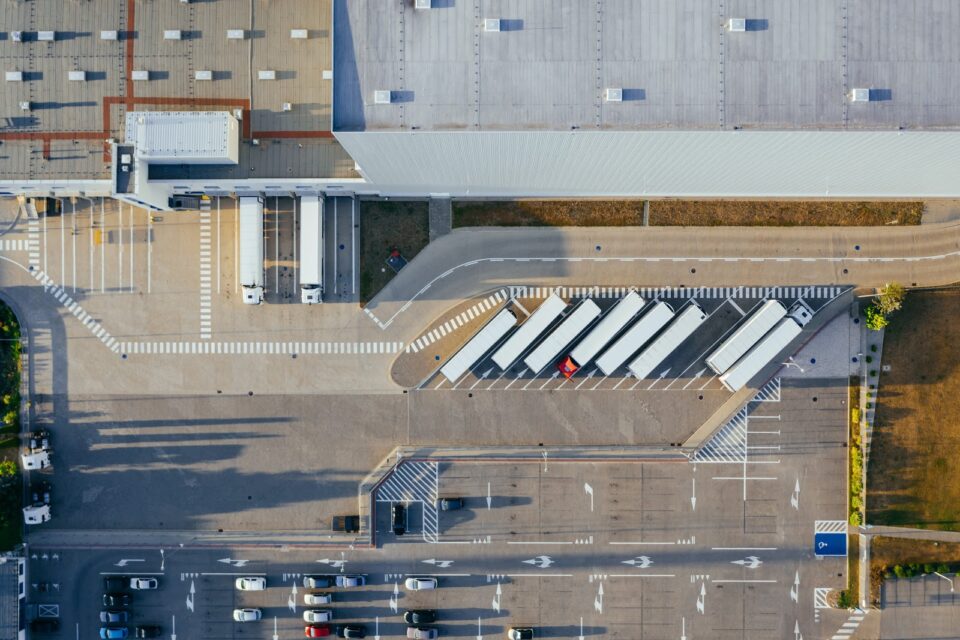
How Vendor Managed Inventory (VMI) Strengthens Supply Chain Resilience and Collaboration
To optimize inventory management, retailers and suppliers are increasingly turning to Vendor Managed Inventory (VMI) tools that transfer the responsibility…
Generix Ushers in a New Era of Intelligent Commerce for Retailers with AI-Driven Innovation Read the press release

Favored by e-commerce in B2C, the heightened visibility expectations for transportation now extend to B2B as well. According to a study conducted by Generix Group in partnership with the Institute of Commerce1 in February 2020, 31% of French companies see real-time visibility as a key solution to keep the promise made to customers.
End-to-end visibility of the logistics chain enables companies to:
Once alerted of a delay or obstacle early enough, professionals can reorganize accordingly and thus limit its impact on their business. This is why companies have heavily invested in appointment-booking tools in recent years.
Regardless of the means of transportation used (road, sea, air), flow visibility is now widespread in the United States. Nearly all U.S. carriers have equipped themselves appropriately in less than two years, in part because they refuse to be subcontractors.
The situation is entirely different in Europe where subcontracting is advanced. The countries of the European Union have therefore invested differently in tracking solutions. If Portugal stands out as an example, information systems are far from being widely integrated in Europe, and vehicle equipment levels are inconsistent. According to a study on transport visibility conducted by Generix Group and the Institute of Commerce in June 20202, only 23% of B2B companies offer traceability services in France.
Aside from WMS (Warehouse Management System) and TMS (Transport Management System), other systems ensuring end-to-end visibility can be used to collect transportation-related information.
Collecting data from different players in the Supply Chain is essential to keeping the customer informed of their order status. If products are stored by the supplier, the distributor must be able to access available inventory levels. On the other hand, orders and delivery times given to customers must be communicated in real time to suppliers. This visibility of stock can be ensured through a collaborative platform.
With the collaborative portal, the supplier can also trace data concerning order preparation and shipment. Through a connection with the service provider and carrier’s logistics solution, the loader tracking platform can be supplied with delivery information. Regardless of the carriers used, the distributor can follow the progress of each order from a single platform. If a problem arises, they can also be alerted to resolve the issue and inform the client as needed.
Increased volumes and delivery frequencies can lead to on-site traffic jams and difficulties loading on the docks. In addition to blocking the movement of goods, this hindrance to both human and material resources can have consequences throughout the entire logistics chain.
Moreover, within the global Supply Chain there are two integral players whose field constraints are totally different: the manufacturer and the carrier. The flow of information from each of these must be synchronized so that transportation is guaranteed on time and production is never slowed or halted.
Yard Management Systems (YMS) optimize costs related to:
Thanks to an event recording and time-stamping system, Yard Management solutions are now increasingly being used by companies. In particular, they measure the quality of service and the performance of various stakeholders:

To optimize inventory management, retailers and suppliers are increasingly turning to Vendor Managed Inventory (VMI) tools that transfer the responsibility…

In an ever-evolving logistics environment, agile and precise warehouse resource management is essential to remain competitive. With increasing volumes driven…

France’s electronic invoicing reform relies on a Y-architecture, where Partner Dematerialization Providers (PDPs) play a central role in issuing and…

Work with our team to build your ideal supply chain software stack and tailor it to your unique business needs.